Our Services
We’ll find the perfect coal or scrap for your needs.
Coal and Coke
Coal and Coke
Why our coal is Best
It is high quality, affordable, and environmentally friendly. We offer a wide variety of sizes and grades to meet your needs.
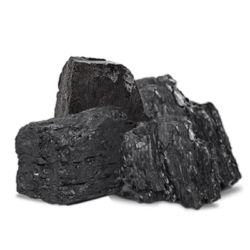
We are dealing in
We are dealing in
Hard Coke
Hard Coke is used as a fuel in industrial furnaces because it burns at a high temperature and produces few emissions. The price of hard coke can fluctuate significantly, so it is important to monitor market conditions before making a purchase.
Factors that can affect the price of hard coke:
- Supply and demand
- Global economic conditions
- Political stability in major coal-producing countries
- Technological advancements in the coke industry
- Environmental regulations
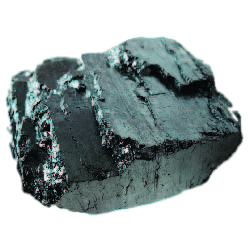
Low Ash Coal
Low ash coal is a non-combustible residue that is left behind after coal is burned.It can help to reduce pollution and improve efficiency, making it a more sustainable option for energy production.
- High heating value
- Produces less pollution
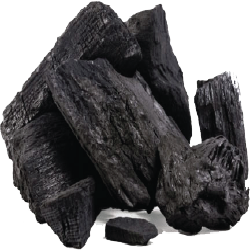
Met Coal
Metallurgical coal is a valuable resource for the industrial sector. It is used in blast furnaces to produce coke, which is a reducing agent that is used to extract iron from iron ore Metallurgical coal is used in industrial processes, such as the production of cement and chemicals.
- High carbon content
- Low ash content
- Hard and high-quality

Pearl Coke
Pearl coal is a valuable resource for the global energy market. It is a reliable and affordable source of energy that can help to meet the growing demand for electricity.
- Used in a variety of industrial processes.
- Reliable and affordable source of energy.
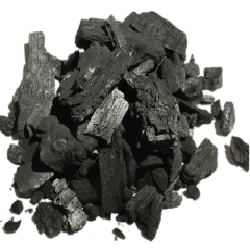
Steam Coal
It a good choice for power plants. The price of steam coal can fluctuate significantly, so it is important to monitor market conditions before making a purchase. It is also important to find a reputable supplier who can provide you with a quality product at a competitive price.
- Low sulfur.
- High heating value.
- Reliable and affordable source of energy.
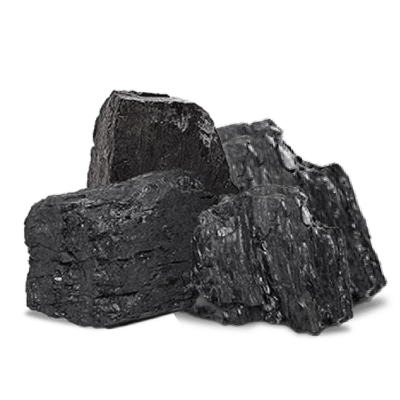
Screening coke
Screening coke is a type of coke that has been screened to remove impurities. The quality of the coke is determined by the size of the particles, the ash content, and the sulfur content.
The size of the shipment is important, as larger shipments are usually priced lower per unit. The delivery terms are also important, as FOB (free on board) prices are usually lower than CIF (cost, insurance, and freight) prices.

Indian Coal
India is the world’s third-largest producer of coal. The Indian coal market is divided into two segments:
- The domestic market.
- The export market.
Indian coal is a valuable resource for the Indian economy. It is a reliable, affordable, and high-quality fuel that can help to meet the country’s growing energy needs.
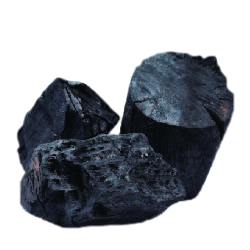
Coal fines
Coal fines are a by-product of the coal mining process. They are small particles of coal that are less than 1/8 inch in size.
In the trading market, coal fines are often used as a blending agent to improve the quality of other types of coal. They can also be used to make briquettes, which are a type of solid fuel.
Here are some of the challenges of using coal fines:
- They can be difficult to transport and handle.
- They can be dusty and create a mess.
- They can be difficult to store.
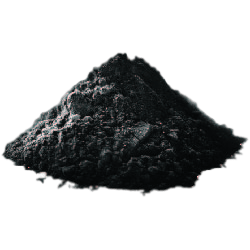
Coal fines
Petcoke, is a solid carbon residue that is produced during the refining of crude oil.
- It is relatively inexpensive to produce.
- It can be used in a variety of industrial and trading applications.
Here are some of the challenges of using petroleum coke:
- It can be difficult to transport and handle.
- It can be dusty and create a mess.
- It can be difficult to store.
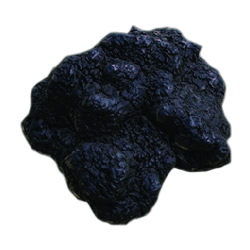
Indonesian Coal
Indonesian coal is a type of coal that is mined in Indonesia.It is a high-quality coal that has a number of advantages over other types of coal. These advantages include its high calorific value, low ash content, and low sulfur content.
Here are some of the typical specifications for Indonesian coal:
- Gross calorific value (GCV): 5,000 to 6,500 kcal/kg
- Moisture content: 8 to 12%
- Ash content: 5 to 10%
- Sulfur content: 0.5 to 1.0%
- Volatile matter content: 30 to 40%
- Fixed carbon content: 40 to 50%
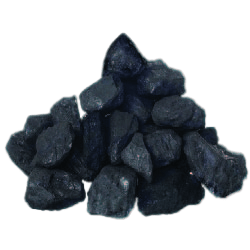
USA Coal
USA coal is traded on the global market. The major trading centers for USA coal are the New York Mercantile Exchange (NYMEX) and the Chicago Mercantile Exchange (CME).
The following are some of the key federal and state regulations for coal:
- Clean Air Act: This law regulates emissions of air pollutants from coal-fired power plants.
- Clean Water Act: This law regulates discharges of pollutants into waterways, including from coal mines.
- Surface Mining Control and Reclamation Act: This law regulates the surface mining of coal.
- Coal Mine Health and Safety Act: This law regulates the safety of coal mines.
The top five destinations for U.S. coal exports were:
- China: 24.2 MMst (28%)
- India: 14.1 MMst (16%)
- Japan: 10.6 MMst (12%)
- South Korea: 8.2 MMst (9%)
- Taiwan: 6.7 MMst (8%)
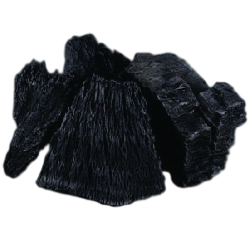
Australian Coal
Australian coal is a major export commodity. Australian coal is a high-quality coal that is known for its low sulfur content and high energy content.
The Australian coal industry is facing a number of challenges, including:
- Declining demand.
- Rising costs.
- Political uncertainty.
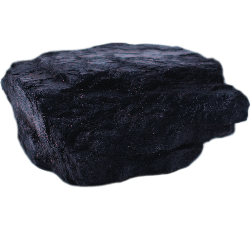
We are dealing in
We are dealing in
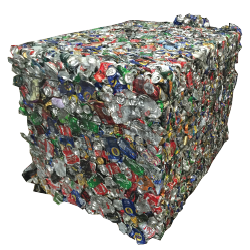
Aluminum Scrap
It is the collection of recyclable items made of aluminum or the reusable aluminum bye products while in manufacturing is known as Aluminum scrap.
Sources of Aluminum Scrap:
Beverage cans, end of life airplanes & vehicles, aluminum construction materials, electrical wires, discarded packaging materials, broken kitchen utensils, etc.
Uses of Aluminum Scrap:
Manufacturing of railcars, airplanes, truck bodies, vehicle parts, consumer durables, new kitchenware, sliding doors, transmission line etc.
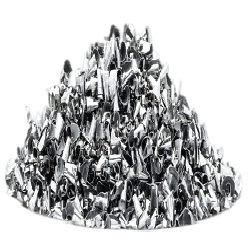
Stainless Steel Scrap
A stainless steel item which has been used in the past in making the items and now deformed shape or of no use is termed as a stainless steel scrap.
Sources of stainless steel scrap:
Tanks, ducts, pipes, old building steel rods, old weapons, and kitchen items are some of the popular sources of stainless steel scrap.
Uses of stainless steel scrap:
Making concept vehicles, medical technology, utensils, vessel manufacturing, tanker manufacturing, construction and infrastructure item, etc
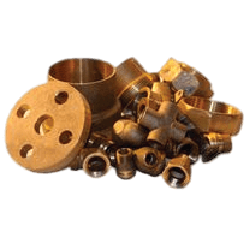
Copper Scrap
Rejected or manufacturing by-products of the copper industry is known as a copper scrap.
Sources of copper scrap:
Copper wires, tubing, pipes, fittings, electrical components, sheet metal, etc, are the main sources of copper scrap.
Uses of copper scrap:
Low-grade is used in smelters, high-grade in refineries and also in making electrical appliance electrical base, premium insulated wires, specific kitchen utensils, water-treatment items, etc.

Brass Scrap
Unusable, or obsolete products of brass fittings, instruments and handicrafts are the sources of a brass scrap.
Sources of brass scrap:
Shooting ranges, firing spots, brass instruments, such as trumpets, trombones, and saxophones, contain brass components
Uses of brass scrap:
Used in making handicrafts, plumbing fixtures, bathroom fittings, valves, decorative elements, medals, and trophies, etc.
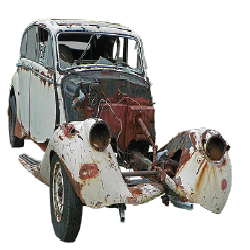
Used Machinery Scrap
It is created when old or worn-out machinery is dismantled. There are two main types of used machinery scrap: ferrous and non-ferrous. Ferrous scrap is made up of iron and steel, while non-ferrous scrap is made up of metals such as aluminum, copper, and brass. Trading used machinery scrap can be a profitable and sustainable business venture.
Sources of Used Machinery Scrap:
cars, appliances, and buildings
Uses of Used Machinery Scrap:
cans, foil, and building materials.
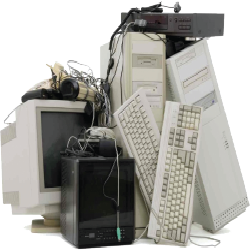
Electronic scrap
Electronic scrap, also known as e-waste. It is important to note that e-waste can be hazardous if it is not disposed of properly. The materials in e-waste, such as lead, mercury, and cadmium, can be harmful to human health and the environment.
Sources of E-Scrap:
Consumers, Businesses, Government agencies, Military.
Uses Of E-Scrap:
Electronic scrap contains a variety of metals, including gold, silver, copper, and aluminum.
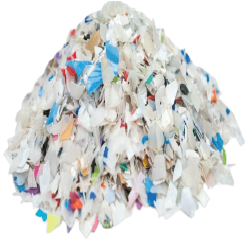
Plastic Scrap
Plastic scrap is a bio-non-degradable product which is the residual of commonly used items such as buckets, cups, bags, vehicle’s upholstery, etc.
Sources of plastic scrap:
Cigarette butts, food wrappers, plastic bottles, vehicle’s upholstery, grocer bags, plastic straws, are the sources of Plastic scrap.
Uses of plastic scrap:
It is a common myth that plastic makes only plastics, but they are recycled to make recycled items like parking bumpers, lactic lumbers, t-shirt paints. Nowadays in road construction too.
Client Testimonials


